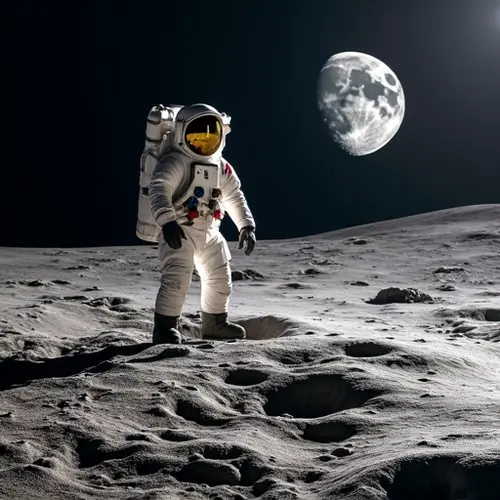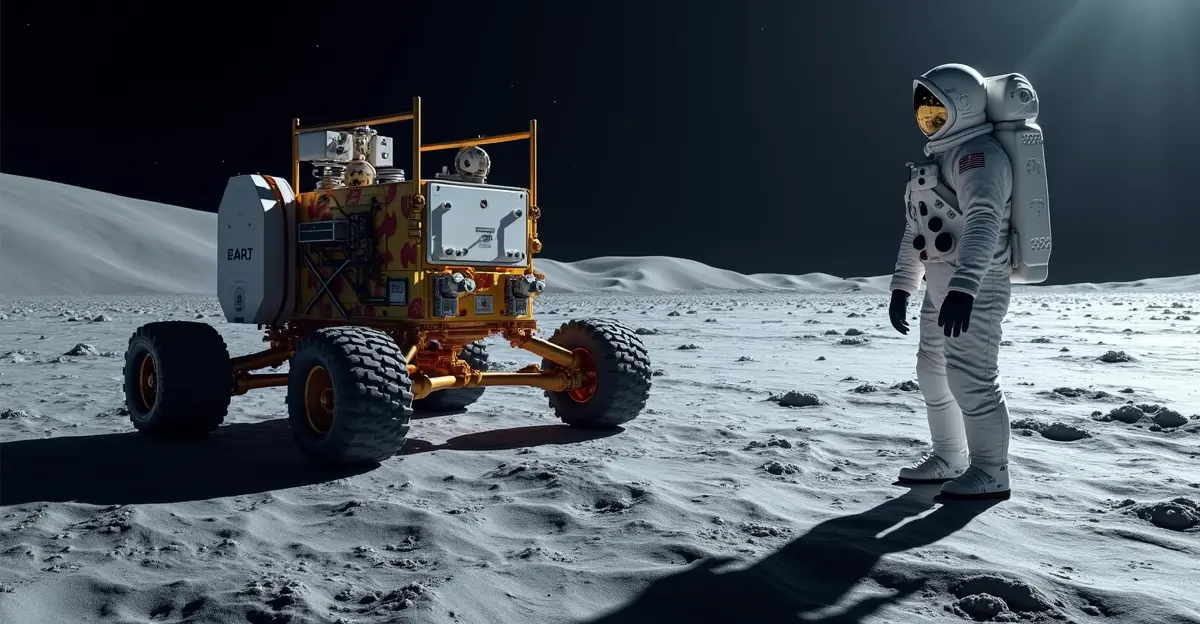NASA announces new 2025 lunar cargo mission through CLPS program with international partners ESA and JAXA. Mission will deliver scientific payloads to lunar south pole, supporting Artemis program goals for sustainable lunar exploration.

NASA's Commercial Lunar Payload Services Program Expands
NASA has announced a new lunar cargo mission scheduled for late 2025 as part of its Commercial Lunar Payload Services (CLPS) program, marking another significant step in the agency's ambitious Artemis campaign to return humans to the Moon. The mission will feature extensive international collaboration with partners including the European Space Agency (ESA) and Japan Aerospace Exploration Agency (JAXA), demonstrating the global commitment to lunar exploration.
Mission Objectives and Payload Details
The upcoming mission will carry a diverse array of scientific instruments and technology demonstrations designed to support future human exploration. According to NASA officials, the payload includes instruments for studying lunar water ice distribution, testing new power systems, and demonstrating communication technologies essential for sustained lunar operations. 'This mission represents a crucial step in establishing sustainable lunar exploration,' said Dr. Sarah Johnson, NASA's CLPS program manager. 'By partnering with commercial companies and international agencies, we're creating a robust ecosystem for lunar science and exploration.'
The mission will target the lunar south pole region, an area of particular interest due to its permanently shadowed craters that may contain significant water ice deposits. These resources could potentially support future human settlements by providing water for drinking, oxygen for breathing, and hydrogen for rocket fuel.
International Collaboration Strengthens
The mission highlights growing international cooperation in lunar exploration. ESA is contributing advanced navigation and communication systems, while JAXA is providing sophisticated robotic technology and scientific instruments. 'Our partnership with NASA through the CLPS program demonstrates the power of international collaboration in space exploration,' stated Daniel Neuenschwander, ESA's Director of Human and Robotic Exploration. 'Together, we're building the infrastructure needed for sustainable lunar presence.'
This collaboration builds on recent agreements between ESA and JAXA to strengthen ties on Moon and Mars exploration. The agencies are working on joint studies for surface operations, combining ESA's Argonaut lander with JAXA's pressurized rover within the Artemis framework.
Commercial Partnerships Drive Innovation
The CLPS program represents a fundamental shift in NASA's approach to lunar exploration, transitioning from traditional government-led missions to a commercial service-based model. Through this $2.6 billion program running through 2028, NASA acts as a customer purchasing end-to-end lunar delivery services from American companies rather than building its own landers.
'The commercial approach allows us to move faster and more efficiently,' explained Mark Thompson, CEO of one of the commercial partners. 'We're able to innovate rapidly while supporting NASA's broader exploration goals.'
The program uses firm-fixed-price contracts that transfer technical and financial risk to private companies, accepting higher mission failure probabilities in exchange for innovation, speed, and lower long-term costs. This approach has already seen both successes and failures, with Intuitive Machines' IM-1 mission achieving the first commercial lunar landing in 2024, while Astrobotic's Peregrine mission encountered propulsion issues.
Supporting Artemis Program Goals
This new mission directly supports NASA's Artemis program, which aims to establish a sustainable human presence on the Moon. The scientific data collected will inform future crewed missions, particularly Artemis III, scheduled for no earlier than mid-2027, which will land the first woman and first person of color on the lunar surface.
The CLPS program serves as a foundational element of the Artemis campaign, aiming to establish a sustainable lunar economy by acting as an anchor tenant to stimulate commercial lunar services. The program includes a diverse pool of commercial partners competing for delivery contracts, with planned cadence of about two lunar deliveries per year.
As NASA continues to push the boundaries of lunar exploration, these commercial cargo missions are proving essential for testing technologies, conducting scientific research, and building the infrastructure needed for humanity's return to the Moon and eventual journey to Mars.

 Nederlands
Nederlands
 English
English
 Deutsch
Deutsch
 Français
Français
 Español
Español
 Português
Português









